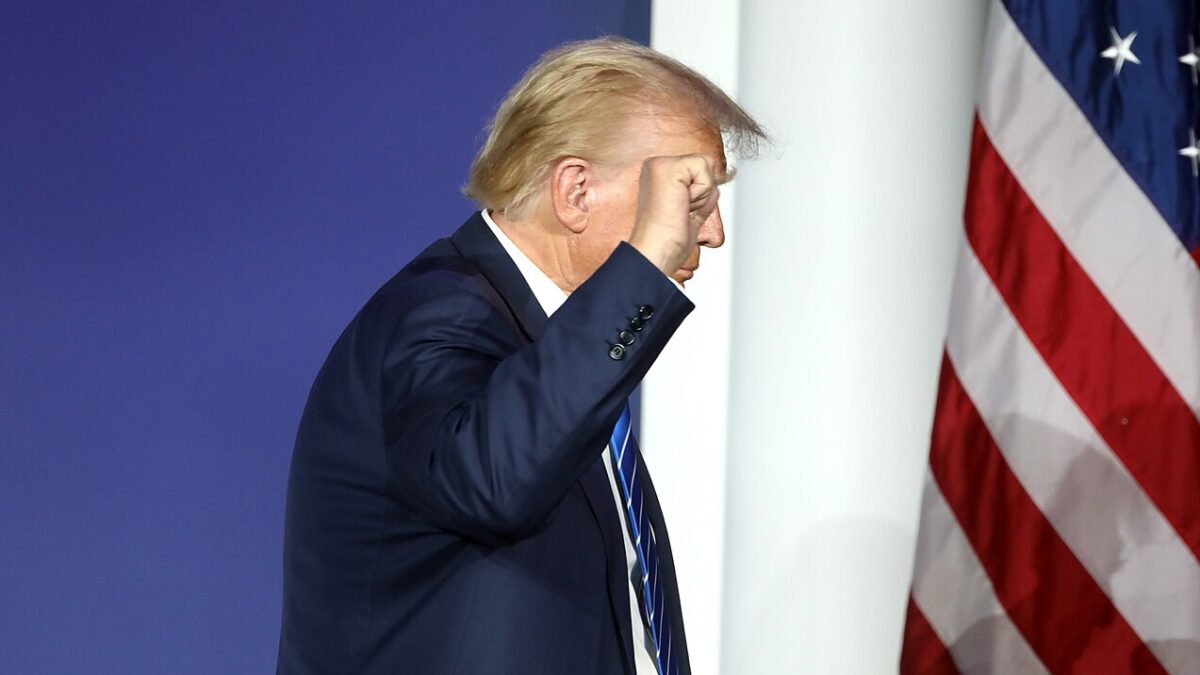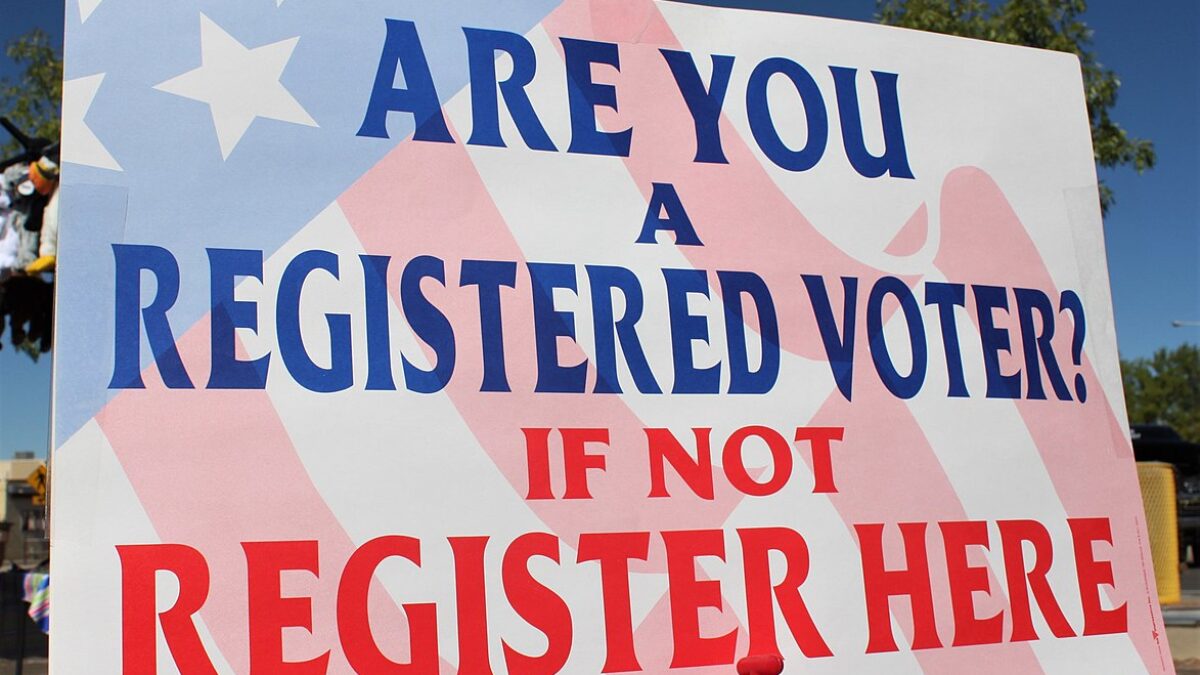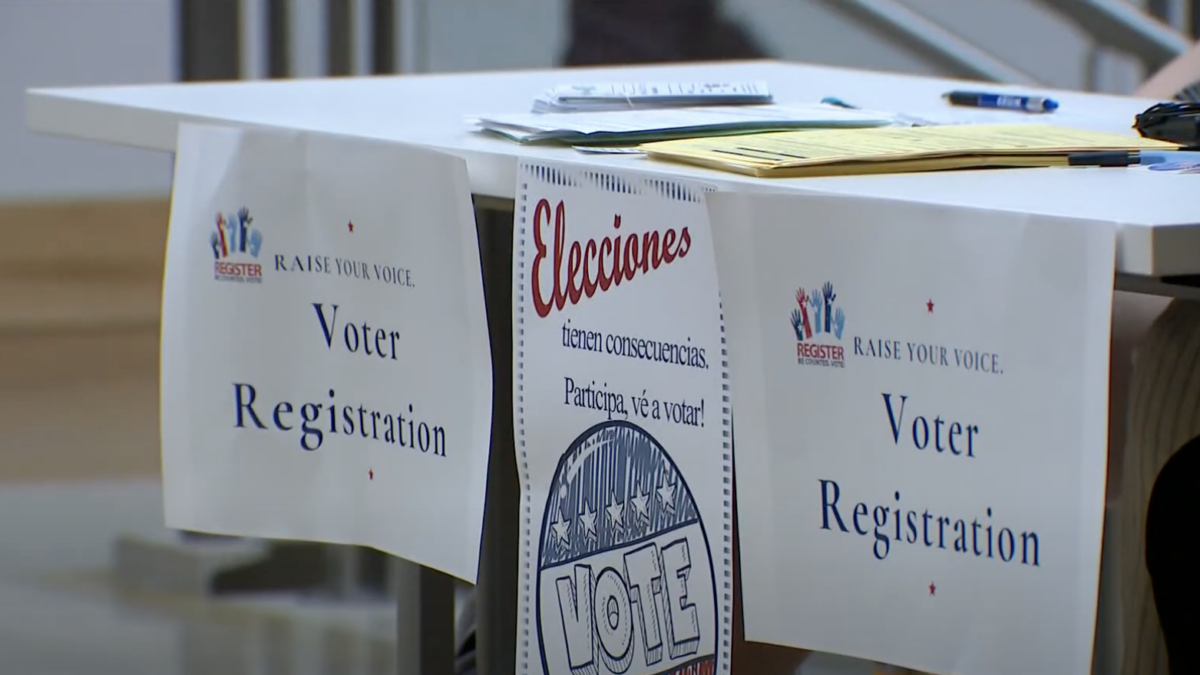Silicon Valley Bank (SVB), the 16th-largest bank in the U.S., collapsed last Friday, becoming the second-largest bank failure in U.S. history after the downfall of Washington Mutual in 2008. Unlike Washington Mutual, SVB’s failure is not due to reckless lending but has much to do with our government’s monetary and fiscal policies.
Headquartered in Santa Clara, California, SVB was once the largest bank in Silicon Valley. Its geographical location meant that most customers were tech startup entrepreneurs and employees. Due to the bank’s unique customer base, the bank’s recent boom and bust was especially beholden to the Federal Reserve’s interest rate policies.
Three years ago, in response to the Covid-19 pandemic, the Federal Reserve cut the interest rate to near zero and flooded the U.S. economy with cheap money. Tech startup companies thrived as investors were willing to fund higher-risk ventures when the borrowing costs were low. Matt Levine of Bloomberg explained that back then, those tech companies could easily raise money in the stock market, so they didn’t need to borrow money from SVB. Instead, these companies deposited their new wealth with SVB. Thus, SVB saw its deposits grow from $60 billion by the end of the first quarter of 2020 to about $200 billion in two years.
Having too much cash can be a problem. Unable to grow its loan portfolio fast enough, SVB faced limited choices for generating returns with its cash holdings in the zero-interest environment.
The bank could have kept its assets in short-term bonds or cash to meet its customers’ withdrawal needs, but these options meant very little return on investment and wouldn’t make SVB’s shareholders happy. Additionally, SVB’s customers were flush with cash, so they didn’t need to withdraw from SVB. Consequently, SVB invested a bulk of its assets, about $128 billion by the end of 2021, in long-term U.S. Treasurys and government-backed mortgage securities because these investments were considered safe and guaranteed higher returns than short-term bonds. Besides probably concentrating too much on these longer-term investments, SVB did nothing wrong.
However, the Biden administration had launched several rounds of Covid relief stimulus packages and sent more money into the U.S. economic system, despite the warning of inflation risk. As the inflation rates in the U.S. began to rise, the Federal Reserve initially deemed them “transitory.” The Fed kept the interest rate at zero during the first quarter of 2022 and continued its purchase of billions of dollars of bonds every month to pump more money into the U.S. economy. It wasn’t until the end of last spring, when the U.S. inflation rate reached a four-decade high, that the Fed finally realized that it had misread the situation and began raising interest rates aggressively to tame inflation.
Forced to Sell Its Bonds
Here is something everyone should know about bond investing: Bonds have an inverse relationship with interest rates. When interest rates rise, bond prices fall because investors can invest their money elsewhere to generate higher returns. SVB’s long-term bond investment portfolios started to suffer losses on paper. There would be no actual losses if SVB could hold these bond investments to maturity because the bank would get its principal back plus interest income.
But SVB’s customers, those tech startup companies, couldn’t wait that long. They had difficulty coping in a rising interest rate environment because higher rates mean higher borrowing costs, higher operation costs, and less demand as customers cut back spending. Additionally, investors are less interested in pursuing high-risk investments when they can easily earn 4 or 5 percent returns with short-term U.S. treasury bonds. Unable to raise money in the stock market, SVB’s customers began withdrawing their deposits from SVB. To meet these withdrawal requests, SVB had to sell a portion of its long-term bond holdings and turn its paper loss into an actual loss. For instance, last week, the bank “had sold a large chunk of its securities, worth $21 billion at the time of sale, at a loss of about $1.8 billion after tax,” according to The Wall Street Journal.
As SVB’s loss from its bond holdings became known, investors dumped SVB’s shares and drove down its share prices. SVB’s plan to raise capital by selling additional shares failed. More tech companies continued to withdraw deposits from SVB, and thus, they unintentionally started a typical run on the bank.
According to the Journal, SVB had a negative cash balance of close to $1 billion at the end of last Thursday after its customers tried to withdraw $42 billion that day. By noon last Friday, the Federal Deposit Insurance Corporation (FDIC) took control of SVB and transferred SVB’s assets to a new entity called the Deposit Insurance National Bank of Santa Clara. Many of SVB’s customers worried they may suffer losses for their deposits exceeding the FDIC’s insurance cap of $250,000 per depositor.
Wider Ramifications
Undoubtedly, SVB’s collapse will affect the U.S. tech industry the most because many start-up companies’ founders had their money and that of their companies with SVB. Garry Tan, president and CEO of Y Combinator, a Bay-area venture capital investment firm, summarized how SVB’s failure would affect the industry in a tweet:
To calm the nervous depositors and prevent any additional run on the bank, U.S. Secretary of the Treasury Janet Yellen, Federal Reserve Board Chair Jerome Powell, and FDIC Chairman Martin Gruenberg issued a joint statement on Sunday, declaring SVB’s depositors would have access to all their money starting Monday and that no losses associated with the bank’s resolution would be borne by U.S. taxpayers. Additionally, the Federal Reserve announced it will “make available additional funding to eligible depository institutions to help assure banks have the ability to meet the needs of all their depositors.”
Sen. Elizabeth Warren, D-Mass., was quick to accuse Republicans of pushing for “weak capital requirements at exactly the wrong time. Silicon Valley Bank’s collapse underscores the need for strong rules to protect the financial system.” Her diagnosis of the cause of SVB’s failure couldn’t be more wrong, and the cure she offered wouldn’t have prevented SVB’s downfall.
SVB collapsed because it invested too much of its capital in U.S. government-backed bonds, trusting they were safe investments. Then it became a victim of the government’s reckless monetary and fiscal policies.









